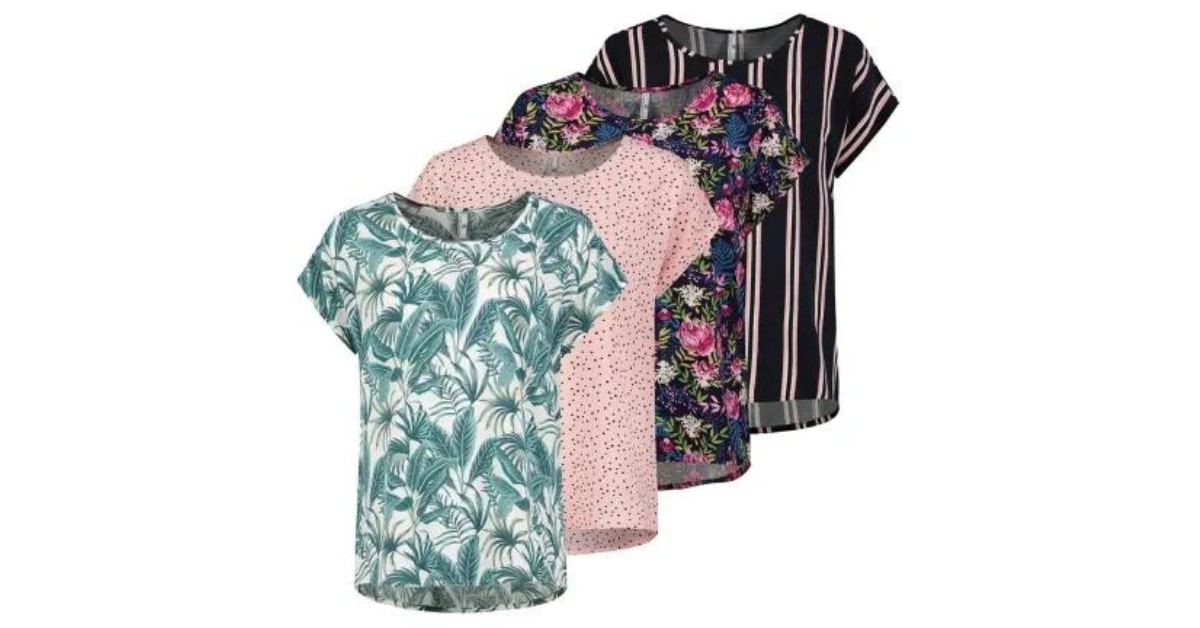Multiple clipping paths are a powerful image editing technique that allows for precise and selective manipulation of different parts of an image. Whether you’re retouching product photos, creating complex compositions, or enhancing digital artwork, mastering multiple clipping paths can significantly elevate the quality and impact of your images. In this guide, we’ll delve into the world of multiple clipping paths, exploring their importance, techniques, and creative applications for achieving stunning visual results.
Understanding Multiple Clipping Paths
Multiple clipping paths involve creating separate paths or shapes around different areas or objects within an image. Each path serves as a boundary for selective editing, allowing for independent adjustment of color, tone, transparency, and other attributes. This technique is particularly useful when working with complex images containing multiple objects or elements that require individual attention.
Importance of Multiple Clipping Paths
- Selective Editing Precision: Multiple clipping paths offer precise control over editing specific areas or objects within an image, ensuring that adjustments only affect the intended areas while leaving others untouched.
- Efficiency and Flexibility: By separating different elements of an image into individual clipping paths, editors can work more efficiently and make targeted adjustments without affecting the rest of the image. This flexibility allows for greater creative freedom and experimentation.
- Enhanced Image Quality: Multiple clipping paths enable editors to refine and polish each element of an image independently, resulting in higher-quality final compositions with improved clarity, detail, and visual appeal.
- Versatile Applications: From product photography retouching to digital illustration and graphic design, multiple clipping paths find applications across various creative disciplines, offering endless possibilities for customization and refinement.
Techniques for Multiple Clipping Paths
- Pen Tool Precision: Use the pen tool in image editing software like Adobe Photoshop to meticulously trace around each object or element within the image, creating individual clipping paths for selective editing.
- Layer Masking Mastery: Utilize layer masking techniques to isolate and refine specific areas of an image without permanently altering the original pixels. Layer masks allow for non-destructive editing and seamless blending between different elements.
- Path Adjustment and Refinement: Fine-tune clipping paths by adjusting anchor points, curves, and angles to achieve precise outlines and smooth transitions between different areas of the image. Be patient and meticulous to ensure accuracy and realism.
- Batch Processing Efficiency: Streamline the editing process by applying multiple clipping paths to a series of images simultaneously using batch processing features available in image editing software. This saves time and ensures consistency across multiple images.
FAQs
Can multiple clipping paths be applied to any type of image?
Yes, multiple clipping paths can be applied to various types of images, including product photos, portraits, landscapes, illustrations, and digital artwork.
What software is best for creating and editing multiple clipping paths?
Adobe Photoshop is widely regarded as the industry standard for creating and editing multiple clipping paths due to its robust set of selection and masking tools.
Are there any limitations or challenges associated with using multiple clipping paths?
While multiple clipping paths offer precise control and flexibility, creating complex selections and paths can be time-consuming and require a high level of skill and attention to detail.
Can I use multiple clipping paths for e-commerce product photography retouching?
Yes, multiple clipping paths are commonly used in e-commerce product photography retouching to isolate and enhance individual product elements such as clothing, accessories, electronics, and more.
Conclusion
Multiple clipping paths are a valuable asset in the toolkit of any image editor or graphic designer seeking precision, flexibility, and creative control. By mastering the techniques and applications of multiple clipping paths, you can elevate your image editing workflow, enhance the quality of your compositions, and unlock new realms of creative possibility. Experiment with different tools, refine your skills through practice and explore the endless creative opportunities that multiple clipping paths offer.
This page was last edited on 29 February 2024, at 9:19 am
